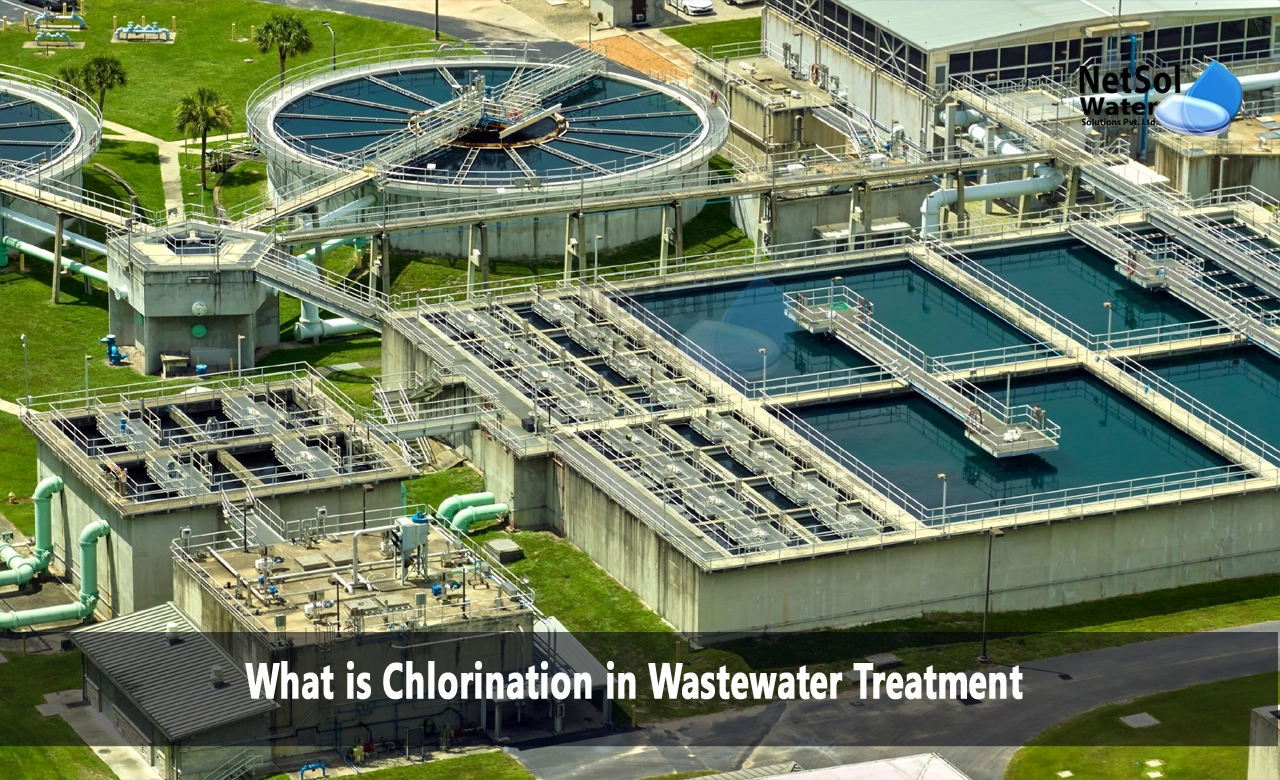What is Chlorination in Wastewater Treatment?
Wastewater treatment plants face an important decision regarding disinfection of treated wastewater before discharge into the environment. The most common disinfection method is chlorination, using chlorine gas or hypochlorite solutions. However, while chlorination effectively kills pathogens, it also produces harmful disinfection byproducts (DBPs). Wastewater plants must weigh the health risks posed by pathogens versus DBPs when deciding on disinfection strategies.
Pathogen Removal
The primary motivation behind wastewater sterilization is to forestall the spread of waterborne sicknesses by eliminating or inactivating microbes like microorganisms, infections, and protozoa. Crude sewage contains high centralizations of microorganisms from human waste that can cause sicknesses like cholera, typhoid, loose bowels, hepatitis A, polio, and gastrointestinal infections on the off chance that they enter drinking or sporting waters. Wastewater treatment with settling tanks, activated sludge, and filtration removes most pathogens, but it is difficult to guarantee full removal, so disinfection provides an additional pathogen treatment barrier before discharge.
Chlorine has been generally utilized for wastewater sterilization for north of hundred years because of its strong oxidizing limit and capacity to infiltrate cell walls and upset proteins, compounds, and DNA. How much chlorine dosing and contact time required relies upon factors like pH, temperature, alkali focus, and wastewater organization, yet normally 0.5-5 mg/L of chlorine for 10-30 minutes can accomplish 2-6 log expulsions of microbes and infections. This significantly reduces public health risks from any remaining wastewater pathogens entering receiving waters used as downstream drinking water sources or for recreational activities like swimming.
Formation of Harmful Byproducts
While chlorine disinfection effectively kills pathogens, it reacts with organic compounds like amino acids, aromatic hydrocarbons, and humic substances in wastewater to produce hundreds of different disinfection byproducts (DBPs). The most common and concerning DBPs are trihalomethanes (THMs), like chloroform, and haloacetic acids (HAAs). The level of DBPs formed depends on chlorine dose, contact time, temperature, pH, and wastewater organic precursors.
Many DBPs have been shown to be genotoxic, mutagenic, or carcinogenic in lab studies. Epidemiology studies have linked long-term consumption of chlorinated drinking water with increased cancer risk, specifically bladder cancer. DBPs like certain THMs and HAAs can also accumulate in the environment and food chain due to their stability and slow degradation rates.
Regulatory Limits
Due to health risks from long-term DBP exposure, the EPA and other agencies have set regulatory limits on two groups of DBPs in drinking water – total THMs (TTHMs) at 80 μg/L and five HAAs (HAA5) at 60 μg/L. While there are no federal discharge limits specifically for DBPs, permitting authorities are increasingly requiring monitoring of DBPs in wastewater effluents if they may impact downstream drinking water intakes. Some states like California have proposed notification levels for DBPs in wastewater discharges near drinking water sources to control their input. Also, if DBP levels get too high, it may limit how much wastewater can be discharged due to Total Maximum Daily Load allocation limits on organic compounds and toxicity discharge restrictions.
Balancing Pathogen Control with DBP Reduction
Wastewater treatment plants trying to meet tighter DBP limits have several options, but none eliminate all pathogens and DBPs:
1) Remove precursors: Adding enhanced biological treatment like membrane bioreactors or advanced oxidation can remove some DBP precursors from wastewater before disinfection. However, they are costly retrofits for plants and don't remove enough precursors to eliminate DBP concerns.
2) Control time and doses: Optimizing chlorine dosing and contact times to achieve pathogen goals while minimizing DBP formation helps balance tradeoffs. But it's site-specific and still produces some level of DBPs.
3) Alternative disinfectants: Substituting chlorine with alternative disinfectants like peracetic acid, UV irradiation, or ozone can avoid THMs and HAAs but have their own DBPs. Most still don't inactivate some pathogens like Giardia as well as chlorine while being more costly.
4) No disinfection: Eliminating disinfection entirely removes the production of chlorination DBPs but leaves treated wastewater with residual pathogens that can regrow. This poses higher risks for recreational or drinking water use unless more advanced treatment is added.
Considering receiving waters, treatment capabilities, costs, logistics, and health risks can help guide decisions between these options. Adding a second disinfectant step with UV or peracetic acid before chlorination as supplemental treatment is also a compromise approach. Overall, most plants still rely on chlorine but aim to control and monitor DBP levels through treatment optimizations and precursor removal.
Conclusion
In conclusion, wastewater disinfection using chlorine must balance the benefits of effective pathogen inactivation against the risk of harmful disinfection byproduct formation. While chlorine is highly effective at killing pathogens, it also reacts with organic compounds in wastewater to produce suspected carcinogenic DBPs like THMs and HAAs. New regulations limiting certain DBPs in drinking water supplies are compelling utilities to consider precursor removal, alternative disinfectants, lower chlorine doses, and supplemental treatments. However, most plants still use chlorine due to its low cost, proven performance for microbial inactivation, and challenge replacing it entirely while still meeting public health mandates. Going forward, research on more targeted pathogen removal technologies and non-chemical disinfectants like UV may help resolve these tradeoffs. But for now, the decision remains on how to optimize chlorine disinfection to control pathogens, while monitoring and minimizing concerning DBPs.
Do you need an advice or assistance on selecting the best water and waste water treatment unit? We have solutions for all your problems!
Let us know your problem, our experts will make sure that it goes away.
For an assistance or related query,
Call on +91-965-060-8473 Or write us at enquiry@netsolwater.com



